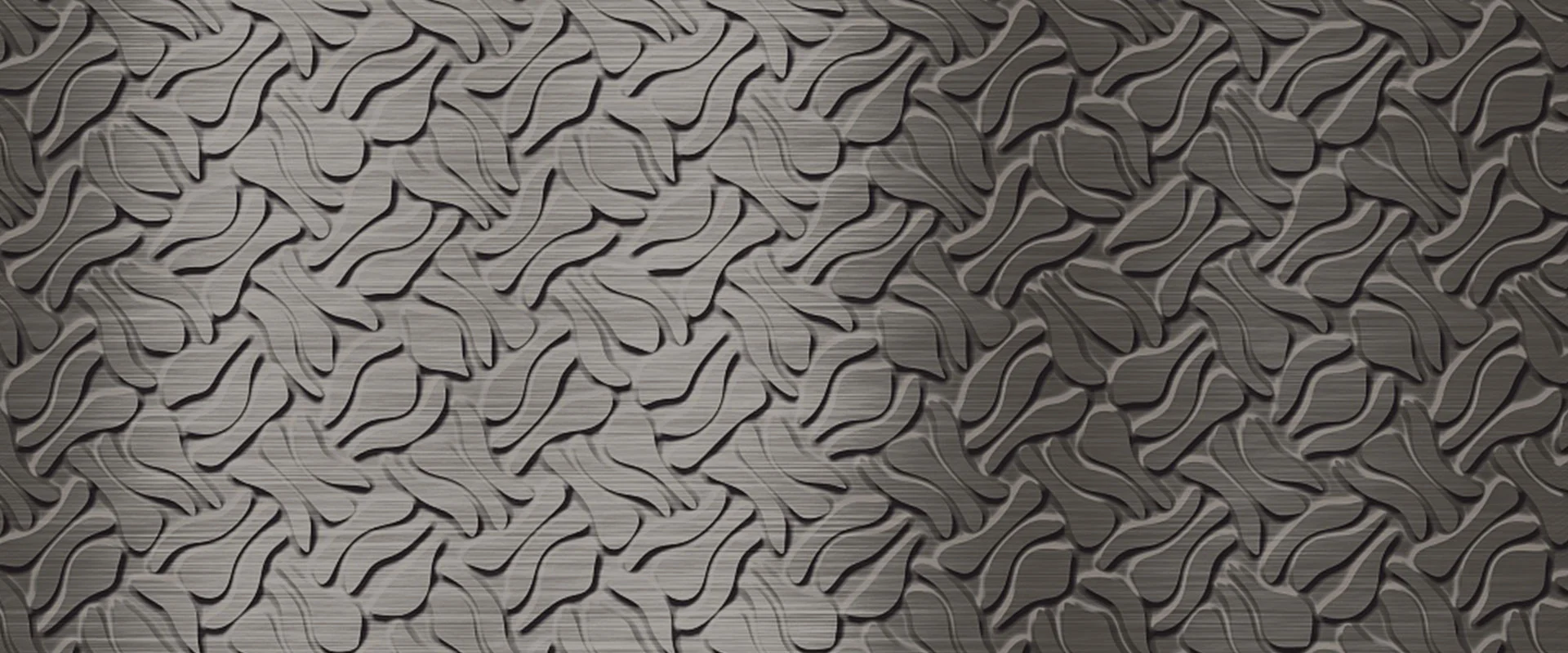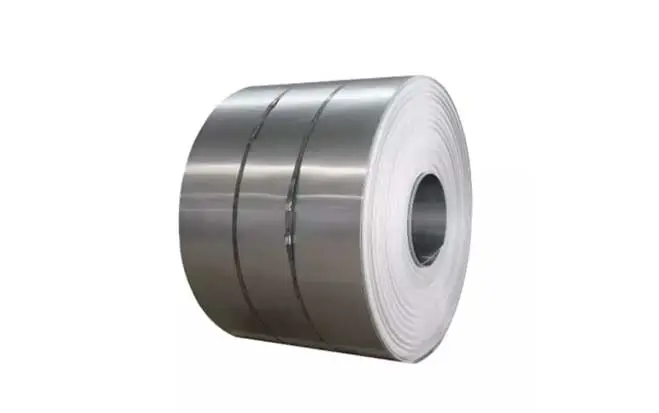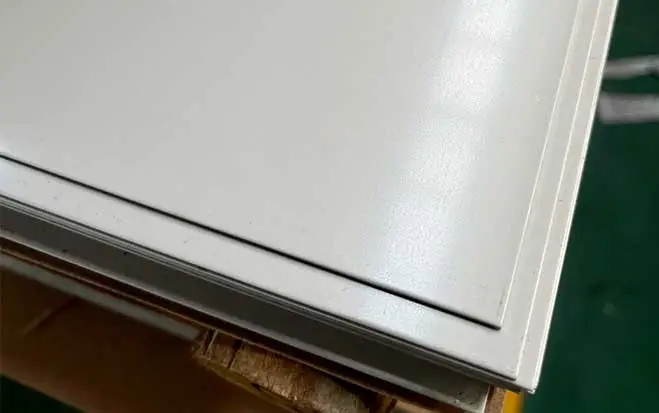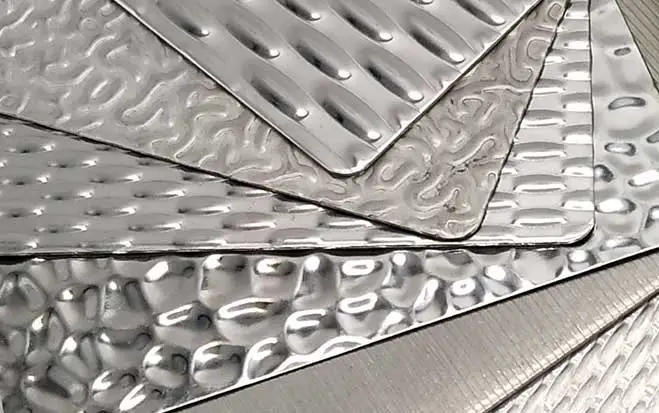
Sandblasted stainless steel is achieved by blasting the surface with fine abrasives to create a textured or frosted appearance. It is used for decorative purposes, such as wall panels, signage, and furniture.
Sandblasted stainless steel is achieved by blasting the surface with fine abrasives to create a textured or frosted appearance. It is used for decorative purposes, such as wall panels, signage, and furniture.
The advantages of sandblasted stainless steel include:
1. Improved appearance: Sandblasting creates a uniform and consistent textured finish on the stainless steel, which enhances its aesthetic appeal.
2. Durability: Sandblasting makes the stainless steel more resistant to scratches, stains, and wear and tear.
3. Corrosion resistance: If done correctly, sandblasting should not affect the corrosion resistance of stainless steel and may even improve it.
4. Hygienic: Sand blasted stainless steel is easier to clean and maintain than other finishes, making it ideal for environments that require high levels of hygiene such as hospitals and commercial kitchens.
5. Hides imperfections: Sandblasting can hide any imperfections or scratches on the surface of the stainless steel, making it look better overall.
6. Versatile: Sandblasting can be used on different types of stainless steel grades, including austenitic, ferritic, martensitic, and duplex grades.
Overall, sandblasted stainless steel is a durable, attractive, and hygienic choice for a variety of applications
While sandblasted stainless steel has several advantages, it also has a few disadvantages:
1. Costs: Sandblasting is often a more expensive finishing process compared to other options, such as polishing.
2. Frequent cleaning: The textured sandblasted stainless steel finish can catch dirt and debris more easily than polished or smooth surfaces, requiring more frequent cleaning.
3. Surface damage: If not performed correctly, sandblasting can damage the surface of the stainless steel, resulting in dents, scratches, or other types of surface damage.
4. Limited color options: Sandblasting creates a uniform texture on stainless steel, limiting the color options available for supplementary coatings or paint applications.
5. Limited light reflection: Sandblasting dulls the surface of stainless steel and reduces reflectivity, which can be a disadvantage in applications where a high degree of reflectivity is required.
6. Sharp edges: SS sandblasting can create sharp edges on the stainless steel surface, which may be a safety concern for some applications.
Overall, while sandblasting offers several advantages, it is essential to consider its inherent limitations before deciding on this finishing process for stainless steel.
Yes, improper sandblasting techniques or the use of incorrect abrasive materials can affect the corrosion resistance of stainless steel.
The corrosion resistance of stainless steel is due to a passive oxide layer that forms on the surface of the metal. If this oxide layer is damaged or removed during the sandblasting process, the stainless steel's corrosion resistance can be compromised.
Also, if the surface of the stainless steel is not cleaned thoroughly after sandblasting, abrasive particles that remain on the surface can promote corrosion.
However, if the sandblasting process is done correctly, it should not affect the corrosion resistance of stainless steel. Sandblasting with the proper abrasive materials and at the right pressure and duration can remove surface contaminants and roughen the surface of the stainless steel without damaging the passive oxide layer.
It's crucial to work with a professional sandblasting service provider who specializes in stainless steel and has experience using sandblasting techniques and abrasive materials suitable for stainless steel.
Sandblasting is a semi-permanent finish for stainless steel. Over time and with exposure to the elements, the sandblasted finish may wear away or become less noticeable.
The life of the sandblasted finish on stainless steel depends on several factors, including the type of stainless steel, the environment it is exposed to, and the frequency of cleaning and maintenance.
In harsh environments, such as marine or industrial settings, the sandblasted finish may require more maintenance and may not last as long as in less harsh environments such as indoor applications.
However, with proper cleaning and maintenance, a sandblasted finish can remain visible for many years. It's important to note that sandblasted stainless steel surfaces should be regularly cleaned and maintained to maximize their lifespan and durability.



